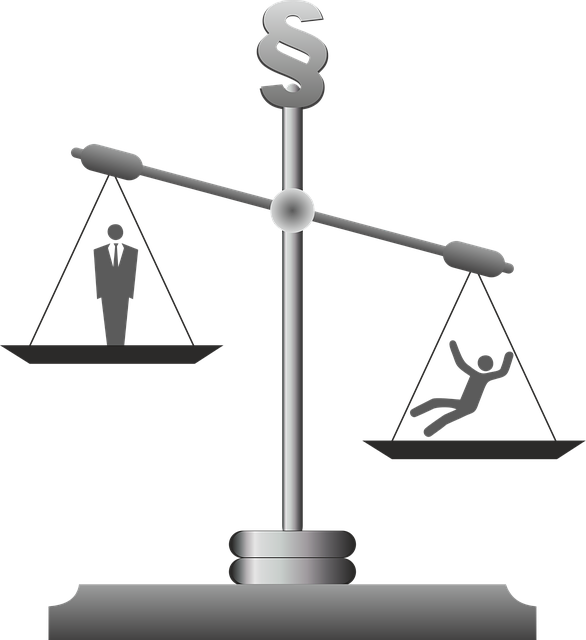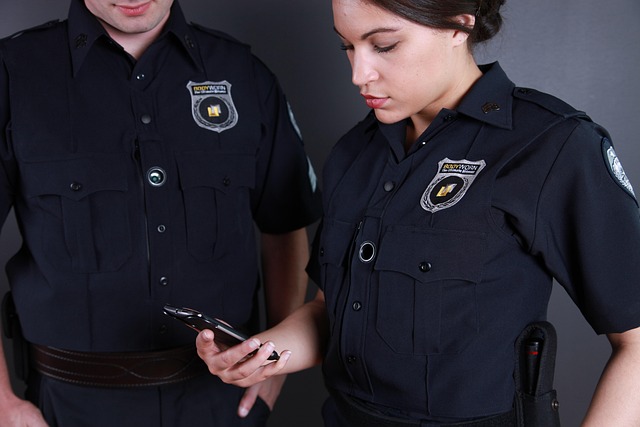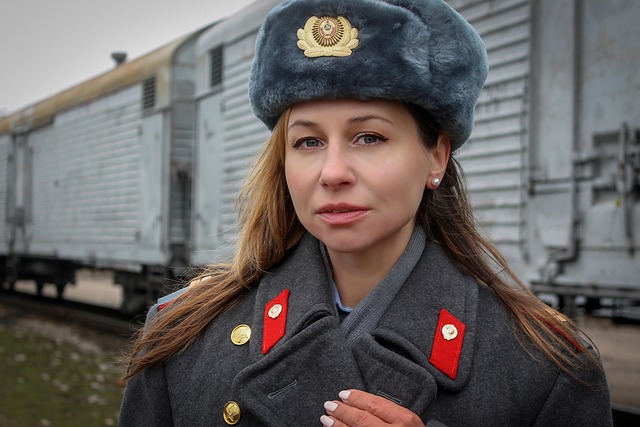In modern criminal investigations, especially financial crimes, understanding jury biases is paramount. Investigators analyze financial documents for evidence while legal teams must navigate potential biases in court, influencing public perception and verdicts. Efforts to address biases include diverse juries and reforms preventing indictment based on stereotypes. Rigorous jury selection, unbiased instructions, and neutral judicial guidance mitigate bias. This meticulous approach ensures fairness, particularly in high-stakes finance cases, as demonstrated by successful white-collar defense strategies.
In the intricate dance between finance and criminal justice, understanding jury biases is a crucial step in ensuring fair trials. This article delves into the pivotal role of financial probes in unravelling hidden prejudices that can distort verdicts. We explore how biases, woven into the fabric of society, influence decision-making processes. Through real-world case studies, we uncover strategies to mitigate and detect these biases, shedding light on the complex web of understanding jury biases in criminal cases.
- The Role of Finance in Criminal Investigations
- Uncovering Jury Biases: A Complex Web
- Strategies to Mitigate and Detect Bias
- Case Studies: Real-World Examples of Bias Impact
The Role of Finance in Criminal Investigations

In modern criminal investigations, finance plays a pivotal role, especially in uncovering and preventing economic crimes. The financial aspect of any case can provide crucial insights into a suspect’s motives, activities, and overall guilt or innocence. This is particularly important in high-stakes cases where the stakes are high and achieving extraordinary results is paramount. Investigators meticulously examine bank statements, investment records, and other financial documents to track illicit transactions and build robust cases. This process requires a deep understanding of complex financial systems and regulations, ensuring that every piece of evidence is carefully documented and analyzed.
Furthermore, the role of finance extends beyond the initial investigation. In court, understanding jury biases in criminal cases becomes essential. Financial evidence can significantly influence public perception and jury decisions, making it vital for legal teams to present accurate and transparent financial data. By addressing potential biases and providing clear explanations, attorneys can ensure a fair trial, ultimately aiming for the complete dismissal of all charges if the client is found innocent. This meticulous approach integrates financial acumen with legal strategy, demonstrating that financial crime probes demand both technical expertise and strategic thinking.
Uncovering Jury Biases: A Complex Web

Uncovering Jury Biases in criminal cases presents a complex web that extends far beyond the courtroom. While juries are designed to be impartial, the reality is influenced by a multitude of factors that can introduce bias at every stage of the investigative and enforcement process. From pre-trial publicity shaping public opinion to socio-economic disparities impacting perception, these influences can subconsciously steer jury decisions.
Across the country, efforts to address these biases are ongoing. Prosecutors and law enforcement agencies are increasingly recognizing the need for diverse juries that reflect the communities they serve. Moreover, reforms are being implemented to avoid indictment based on biased assumptions or stereotypes, ensuring that justice is served equitably and fairly.
Strategies to Mitigate and Detect Bias
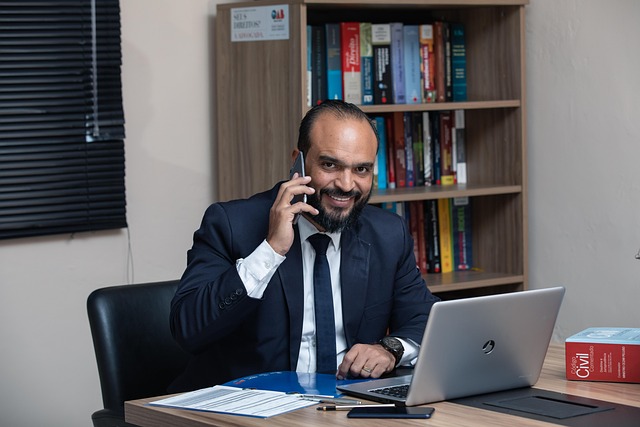
Understanding Jury Biases in Criminal Cases is a critical aspect of ensuring fairness in the justice system. One of the primary strategies to mitigate bias involves thorough jury selection processes, where attorneys and judges work together to identify and dismiss potential jurors who may harbor prejudices or preconceived notions about certain cases. This meticulous approach helps create a more balanced pool from which to select an impartial jury.
Additionally, providing comprehensive jury instructions that outline the principles of unbiased decision-making can significantly aid in detecting and mitigating biases during deliberations. Judges play a vital role by imparting neutral perspectives and guiding jurors through complex legal matters, ensuring they base their verdicts solely on the evidence presented rather than personal biases or outside influences. This meticulous attention to procedural fairness contributes to an unprecedented track record of successful white-collar defense strategies within the philanthropic and political communities.
Case Studies: Real-World Examples of Bias Impact
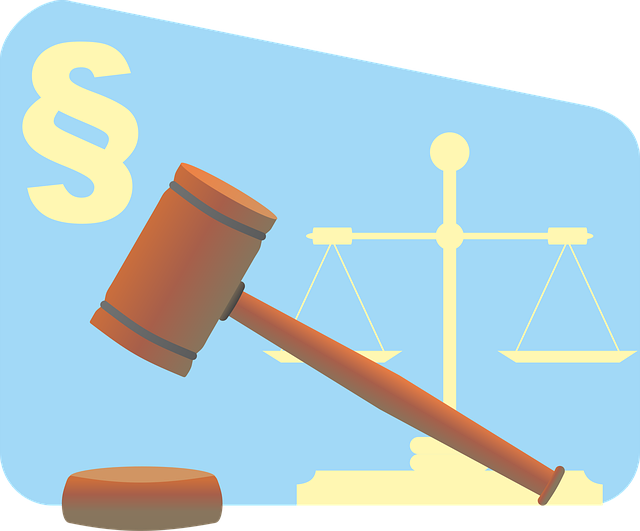
In exploring case studies of finance crime probes, one cannot overlook the significant role that understanding jury biases plays in criminal cases. These biases, often rooted in unconscious stereotypes and preconceived notions, can greatly impact the outcome of trials, especially in high-stakes financial crimes. For instance, research has shown that jurors may be more likely to believe a defendant’s guilt if they perceive the individual as fitting a specific stereotype associated with financial misconduct. This phenomenon, known as stereotyping bias, can lead to unfair judgments, particularly when coupled with other biases like confirmation bias, where jurors tend to favor evidence that confirms their initial assumptions.
Real-world examples, such as high-profile fraud cases, illustrate these biases in action. In several winning challenging defense verdicts for his clients, experienced general criminal defense attorneys have successfully challenged the admission of certain types of evidence and highlighted the potential for jury bias. By examining case studies that demonstrate these biases, legal professionals can better equip themselves to navigate complex financial crime investigations, ensuring fair trials and just outcomes for all parties involved.
Understanding jury biases is a critical aspect of ensuring fair criminal trials. By recognizing and implementing strategies to mitigate these biases, legal systems can enhance their integrity and accountability. The case studies presented highlight the real-world consequences of unchecked biases, underscoring the need for continuous efforts in this domain. As we navigate the complex web of jury decision-making, further research and proactive measures are essential to uphold justice and maintain public trust in the criminal justice system.
